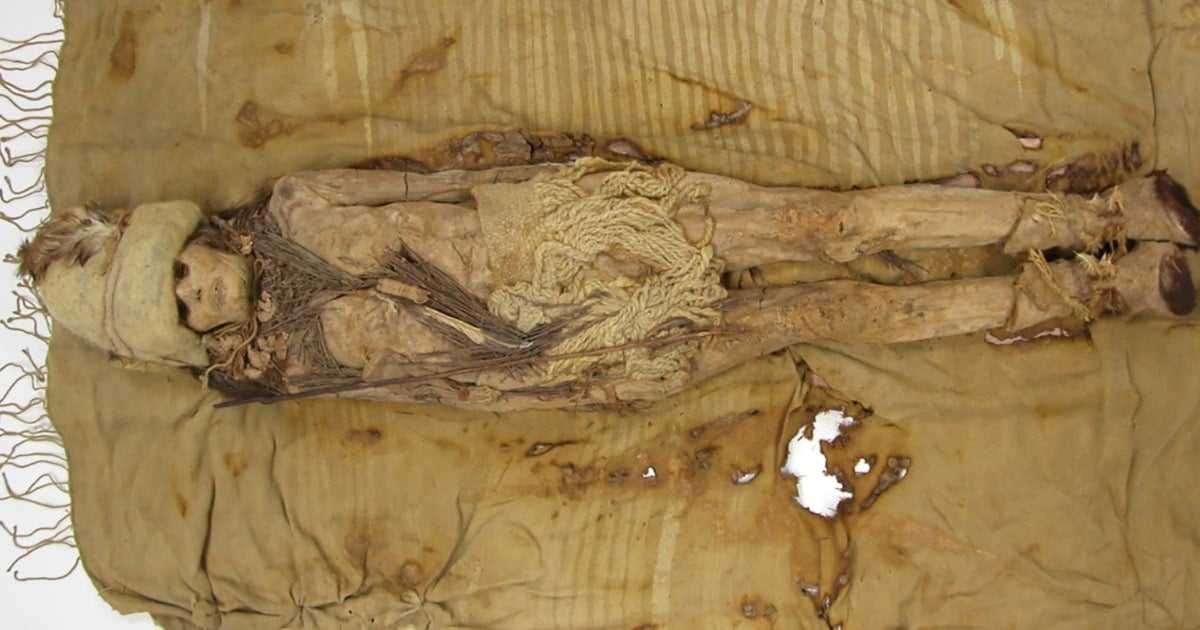The kefir cheese “has now become really dry, dense and hard dust,” the co-author of a study published this week told NBC News.
When the 3,600-year-old coffin of a young woman was excavated in northwestern China two decades ago, archeologists discovered a mysterious substance laid out along her neck like a piece of jewelry.
It was made of cheese, and scientists now say it’s the oldest cheese ever found.
“Regular cheese is soft. This is not. It has now become really dry, dense and hard dust,” said Fu Qiaomei, a paleogeneticist at the Chinese Academy of Sciences in Beijing and the co-author of a study published Tuesday in the journal Cell.
…
While previous research has suggested kefir spread from the northern Caucasus in modern Russia to Europe and beyond, the study shows the spread also took another route toward inland Asia: from present-day Xinjiang via Tibet, giving crucial evidence of how the Bronze Age populations interacted.



“Chinese” mummies is a bit misleading. The Tarim Basin has a long history of Chinese rule/influence, but not that far back.
These mummies are from a unique population that descended largely from Ancient North Eurasians, a group who contributed smaller percentages of ancestry to Northern Chinese people, Europeans, Siberians and Native Americans.
So these cheese enthusiasts are less Chinese and more like distant foreign relatives to the Chinese who adopted dairy-heavy pastoralism after it expanded through the steppe.